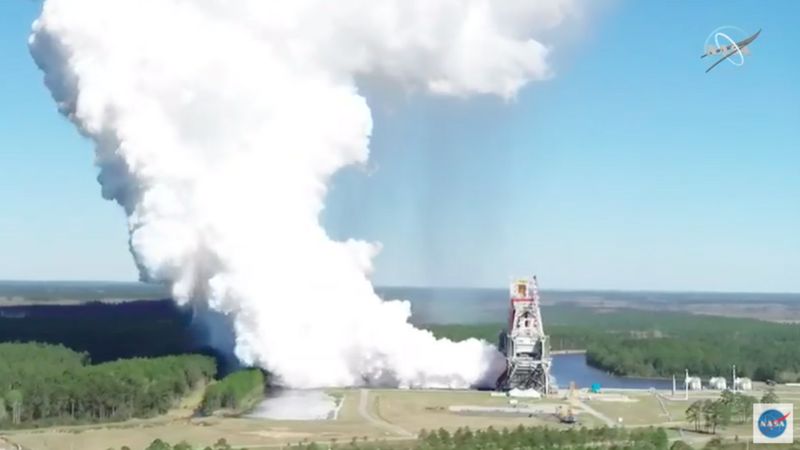

Brown believes we are a year or two away from finding our elusive fellow traveller across the Universe, but points out that he has expressed this belief every year for the past five years. Sceptics believe it is an over-optimistic viewing of the data, black hole believers are more excited at that prospect of a primordial black hole than that of the announcement of a new planet, and Planet Nine agnostics are watching progress with detached interest. Enthusiasts are committed to its existence and believe it is simply a matter of time before we are celebrating its discovery. This makes the chances of discovery, if it is indeed there, significantly improved.

They now think its orbit is much tighter, taking 7,400 years to travel around the sun rather than 18,500 years as previously estimated. New analysis by Brown and Batygin predicts that Planet Nine could be brighter and closer to us than previously thought. This will enable astronomers to track the movements of celestial objects from the mountain-top observatory – and maybe spot Planet Nine at the same time. 10 In 2023, this 8.4m telescope will begin taking photographs of the entire visible sky (two-thirds of the whole sky), uniformly and repeatedly every few nights. NASA’s Transiting Exoplanet Survey Satellite (TESS) may also catch sight of Planet Nine as it continually searches for planets orbiting other stars, 9but the best hope lies with the Vera Rubin Observatory, currently under construction in Chile. 8 Whilst it is currently one of the best options available for success, the team is only allocated around three nights a year to use Subaru. To aid in their search for Planet Nine, astronomers are using the powerful 8.2m Subaru telescope that sits on Hawaii’s dormant volcano Mauna Kea. Based on their idea of its mass and also its position in space, they say it is either a rocky super-Earth, or a gaseous mini-Neptune – also sharing characteristics with Uranus or Neptune, making it an icy planet with a solid core. The mass of Planet Nine had already been estimated based on the apparent force of its gravitational pull, so scientists went on to theorise what it looks like. Any that may be influenced by Neptune were then discounted, leaving them with 11 that they believe could be affected by the gravitational pull from their theoretical planet. Since 2016, approximately 19 objects were identified as following an unusual pattern of orbit. The idea being that this planet was pulling not only Sedna but five other objects, all tilted at the same angle and in the same direction. In 2016, Mike Brown and Konstantin Batygin from the California Institute of Technology (Caltech) posited the existence of a planet with a mass between five and 10 times than that of Earth (later revised to five or six times the mass).

Illustration © MARK GARLICK/SCIENCE PHOTO LIBRARY 1 If it is discovered, it would be the first newfound planet to be recognised within the solar system since 1846. It possibly shows an object three to five times the mass of Earth, orbiting c.225x further from the sun than Earth does, in roughly the area where Planet Nine is expected to be. Imperial College London has just examined data from a now-defunct telescope obtained in 1983. *This article was published in October 2021, and since publication new evidence has been found. For more information about where to watch visit our show page. If it is discovered, it would be the first newfound planet to be recognised within the solar system since 1846.įor more awe-inspiring space content, new BBC series the #Universe delves into everything from black holes through to mysterious alien worlds. Scientists have chased a theory for decades…but is it a ghost, a black hole, or a newfound planet?Ī ‘ghost planet’ sounds like something JJ Abrams is considering for his next project, but that’s just one of the many terms used to describe Planet Nine, a hypothetical mystery world.


 0 kommentar(er)
0 kommentar(er)
